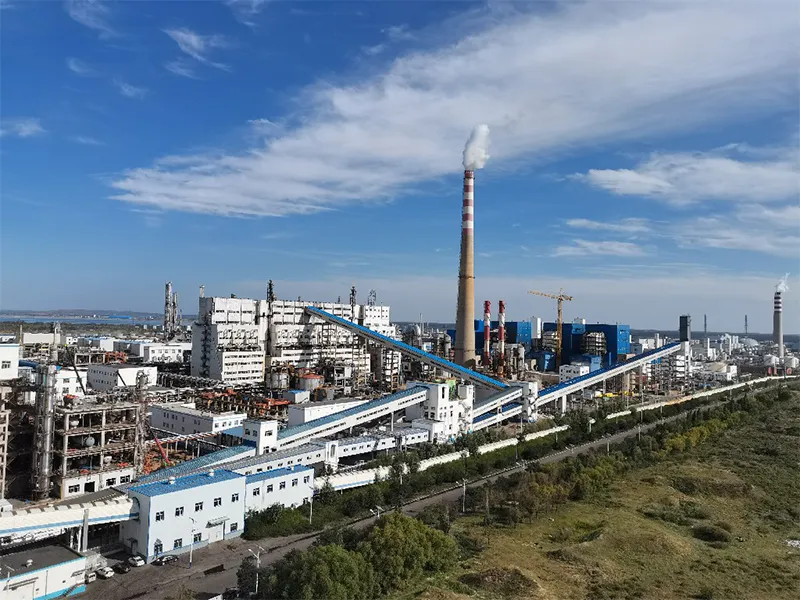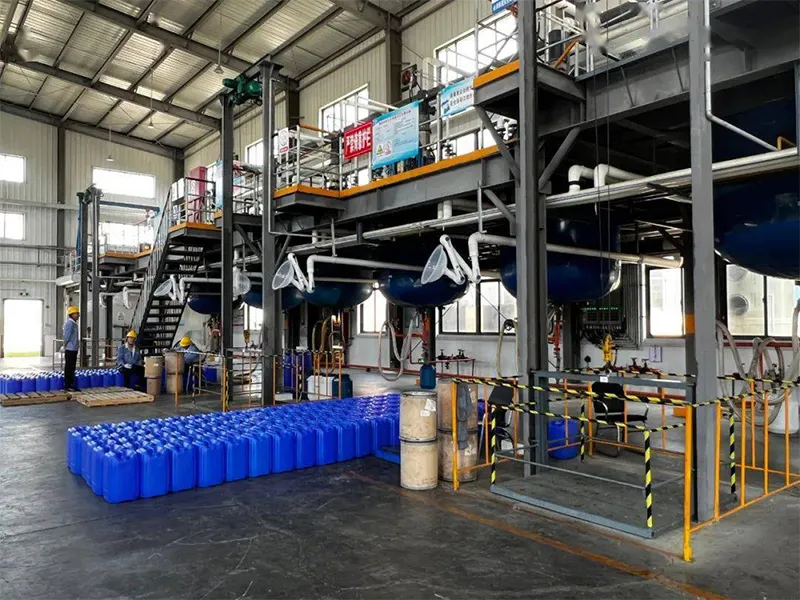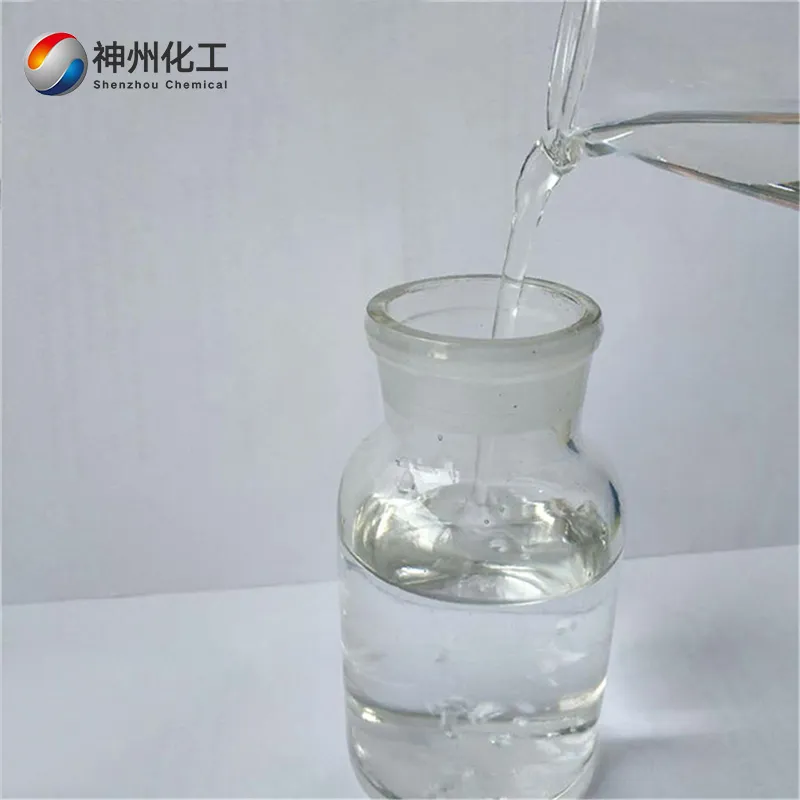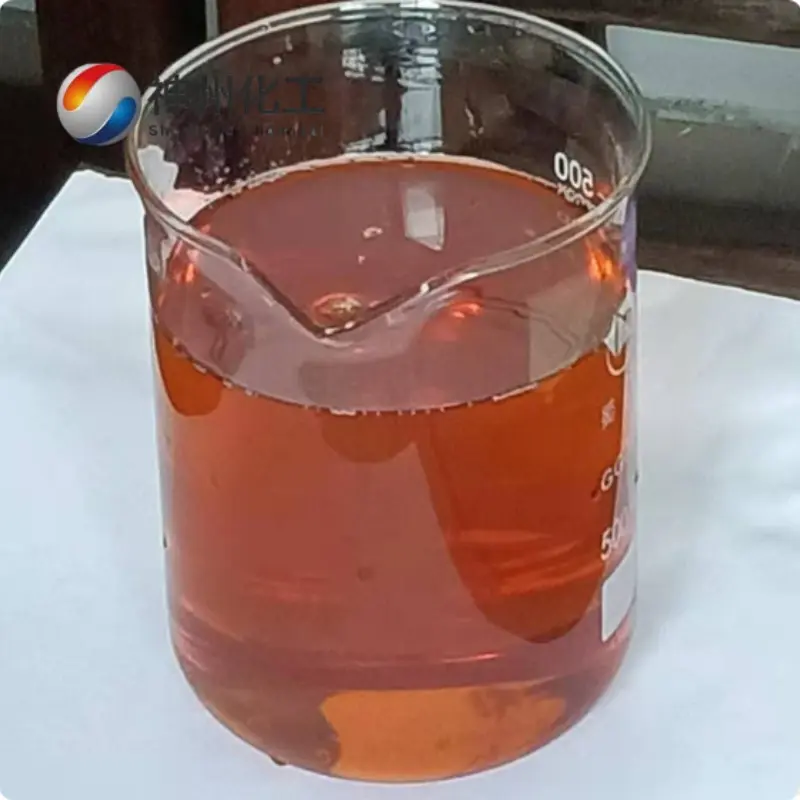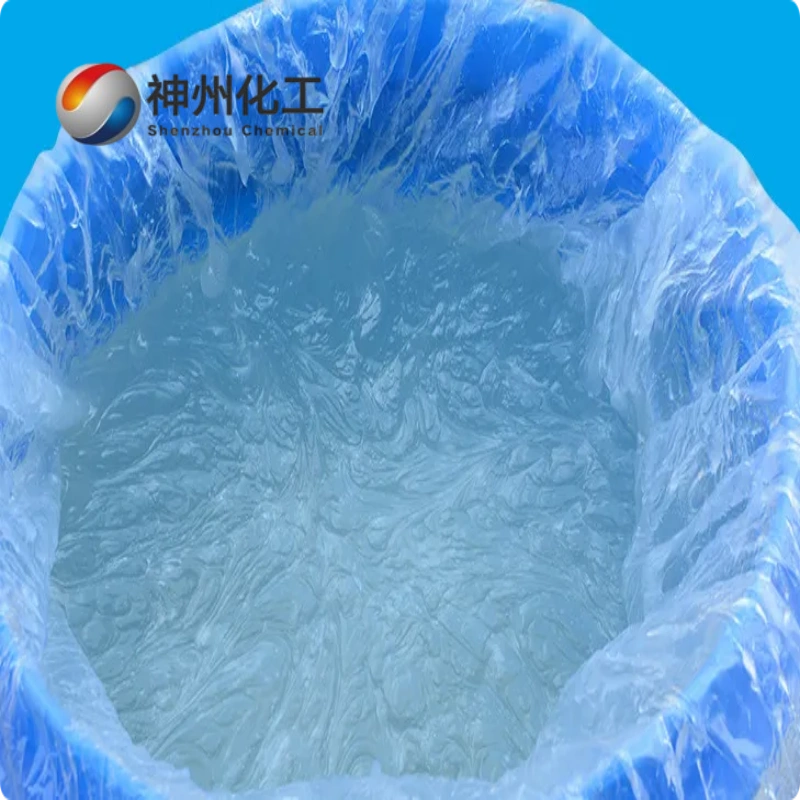Titanium dioxide 13463-67-7
Have Any Questions?
Let our vertically integrated solutions – from Chinese manufacturing hubs to your local warehouse – become your competitive advantage.
- +86 13376344351
Leave Your Message
Titanium dioxide 13463-67-7



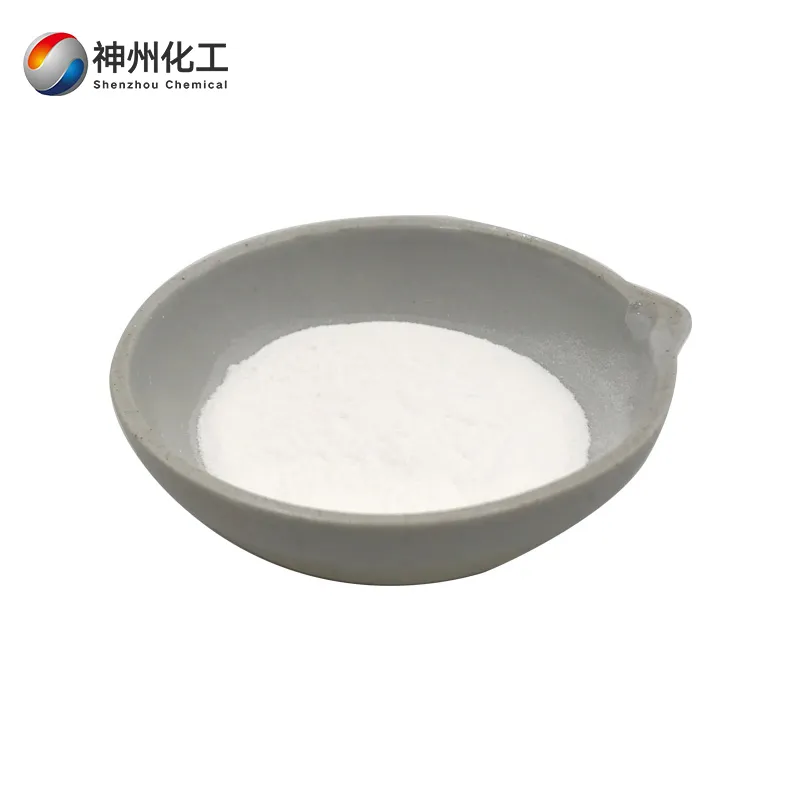
- Chemical Name:Titanium dioxide
- CAS No.:13463-67-7
- Product Categories:Organic Chemistry
- Molecular Formula:O2Ti
- Formula Weight:79.8658
- Appearance:White powder
- Storage and transportation characteristics: low temperature, ventilation, dryness, waterproof, moisture-proof
- Type Of Transportation:By Air/By Sea/By Train/By Express
- Type Of Transportation:Available
- Chemical Name:Titanium dioxide
- CAS No.:13463-67-7
- Product Categories:Organic Chemistry
- Molecular Formula:O2Ti
- Formula Weight:79.8658
- Appearance:White powder
- Storage and transportation characteristics: low temperature, ventilation, dryness, waterproof, moisture-proof
- Type Of Transportation:By Air/By Sea/By Train/By Express
- Type Of Transportation:Available




Product Description Of Titanium dioxide 13463-67-7
Titanium dioxide 13463-67-7 naturally occurs in titanium ores such as rutile. Its molecular structure gives it high brightness and opacity, but it must first undergo chemical extraction and purification.
Over 60 years ago, DuPont developed the Chemicalbook chlorination process for titanium dioxide production. Compared to the outdated sulfuric acid process, this method enables the production of high-quality pigment products while reducing environmental emissions and energy consumption. As a result, it has become the global standard technology.
Chemical Properties Of Titanium dioxide 13463-67-7
| Melting point | 1840 °C |
| Boiling point | 2900°C |
| Density | 4.26 g/mL at 25 °C (lit.) |
| Bulk density | 850 kg/m³ |
| Refractive index | 2.61 |
| Flash point | 2500–3000°C |
| Storage conditions | Store at +5°C to +30°C. |
| Solubility | Almost insoluble in water. Insoluble in dilute inorganic acids, but slowly dissolves in hot concentrated sulfuric acid. |
| Form | Powder |
| Specific gravity | 4.26 |
| Color | White to pale yellow |
| pH value | 7–8 (100 g/l, H₂O, 20 °C) (slurry) |
| Odor | Odorless |
| Water solubility | Insoluble |
| Crystal structure | Orthorhombic, Pcab |
| Merck | 149,472 |
| Exposure limits | ACGIH: TWA 10 mg/m³ OSHA: TWA 15 mg/m³ NIOSH: IDLH 5000 mg/m³; TWA 2.4 mg/m³; TWA 0.3 mg/m³ |
| Dielectric constant | 2.9 (20°C) |
| Database | 13463-67-7 (CAS DataBase Reference) |
| Carcinogen classification | 2B (Vol. 47, 93) 2010 |
| NIST chemical information | Titanium dioxide (13463-67-7) |
| EPA chemical information | Titanium dioxide (13463-67-7) |
Application of Titanium dioxide 13463-67-7
Used in industries such as paint, ink, plastics, rubber, papermaking, and synthetic fibers.
Edible white pigment; thickening agent. Commonly uses silica and/or alumina as dispersing aids.
Used as a food coloring agent, it is permitted in China for use in candied fruits, with a maximum usage of 10 g/kg; in candy coatings, the maximum usage is 2.0 g/kg.
White inorganic pigment. It is the most pigment-rich white pigment, with excellent coverage and colorfastness, suitable for opaque white products. The rutile type is particularly suitable for outdoor plastic products, providing excellent light stability.
The anatase type is primarily used for indoor products but has a slight blue tint, high whiteness, strong covering power, strong coloring power, and good dispersibility. Titanium dioxide is widely used as a pigment in paints, paper, rubber, plastics, enamel, glass, cosmetics, inks, watercolors, and oil paints, and is also used in the production of metallurgy, radio components, ceramics, and welding rods.
In recent years, it has been discovered that nano-sized titanium dioxide has certain special applications, such as in sunscreen cosmetics, wood protection, food packaging materials, agricultural plastic films, natural and synthetic fibers, transparent durable exterior paints, and effect pigments. It can also be used as an additive for high-efficiency photocatalysts, adsorbents, and solid lubricants.
Used in the paint, plastic, and rubber industries.
1. Uniform particle size and good dispersion; 2. It has minimal scattering of incident visible light, strong UV shielding capability, and excellent transparency. As a new material, it has been widely applied in cosmetics, coatings, and paints;
3. When used in plastics, rubber, and functional fiber products, it enhances the products’ resistance to aging, powdering, weathering, and chemical strength while maintaining color luster and extending product lifespan; 4. When applied to inks, coatings, and textiles, it significantly improves adhesion, aging resistance, and abrasion resistance;
5. It is oil-soluble and disperses well in organic solvents and plastic resins; 6. In the papermaking industry, it improves printability and impermeability; 7. It can also be applied in the metallurgy and aerospace industr
Packaging Method of Titanium dioxide 13463-67-7

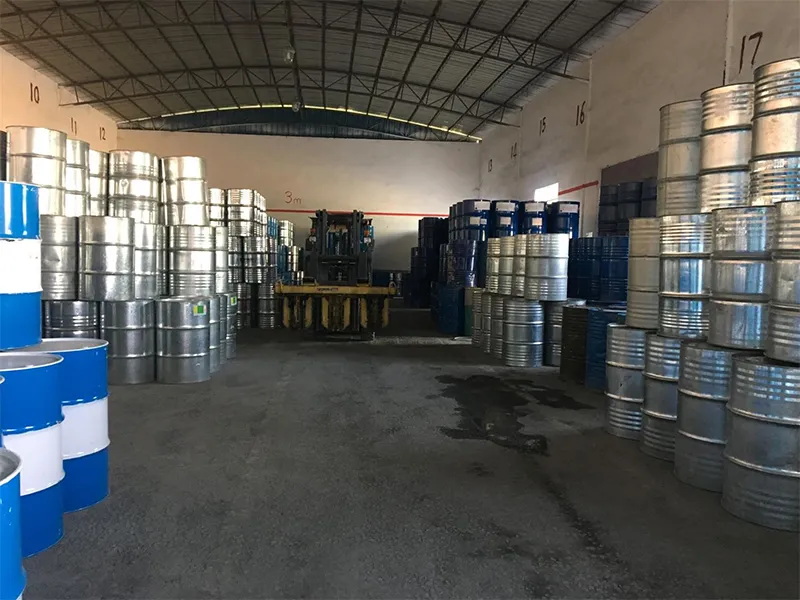
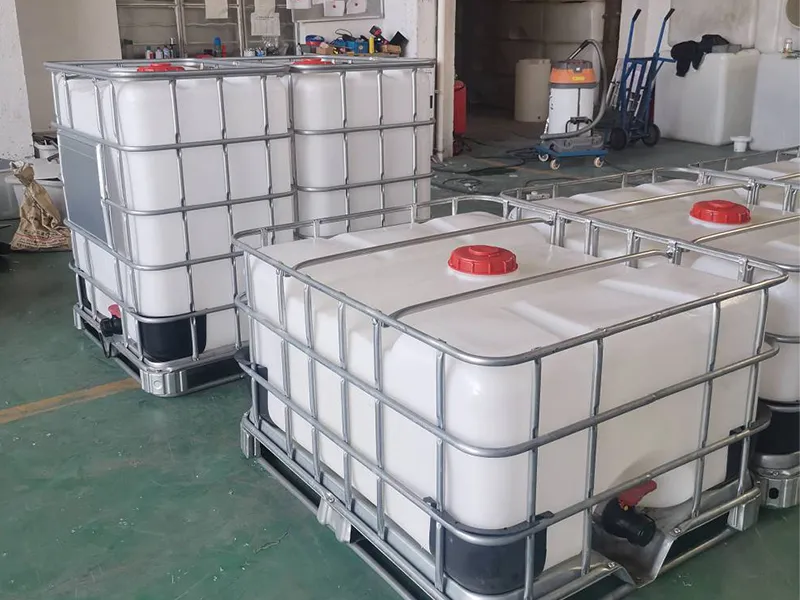

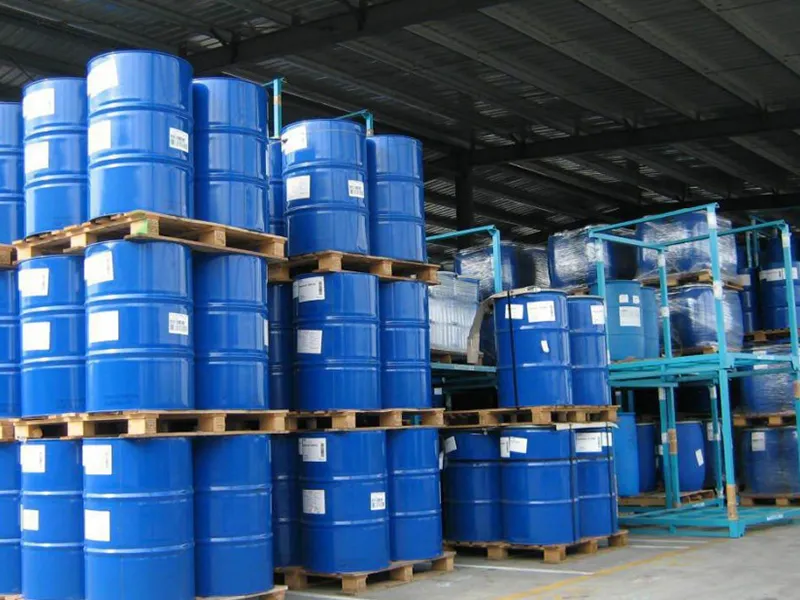
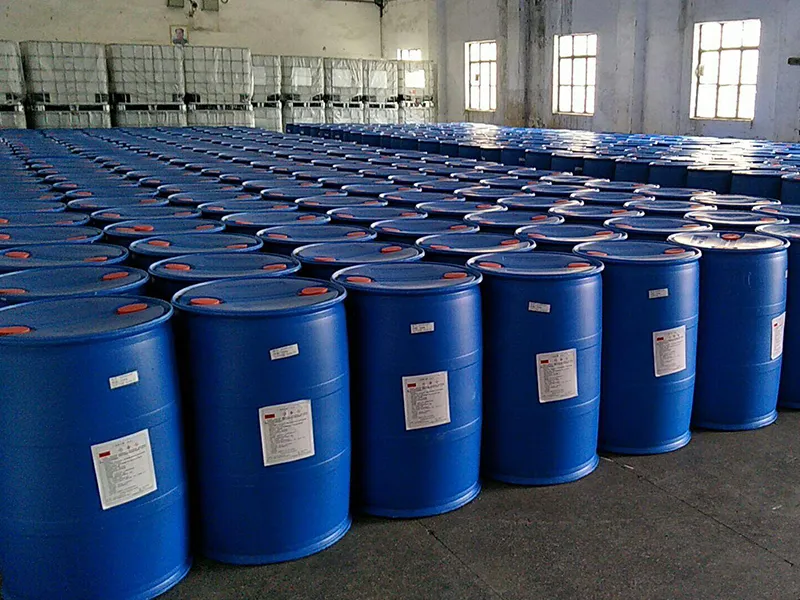
Factory Show
